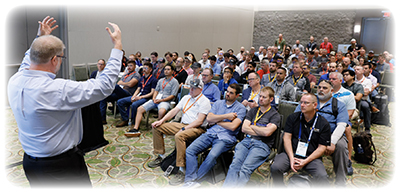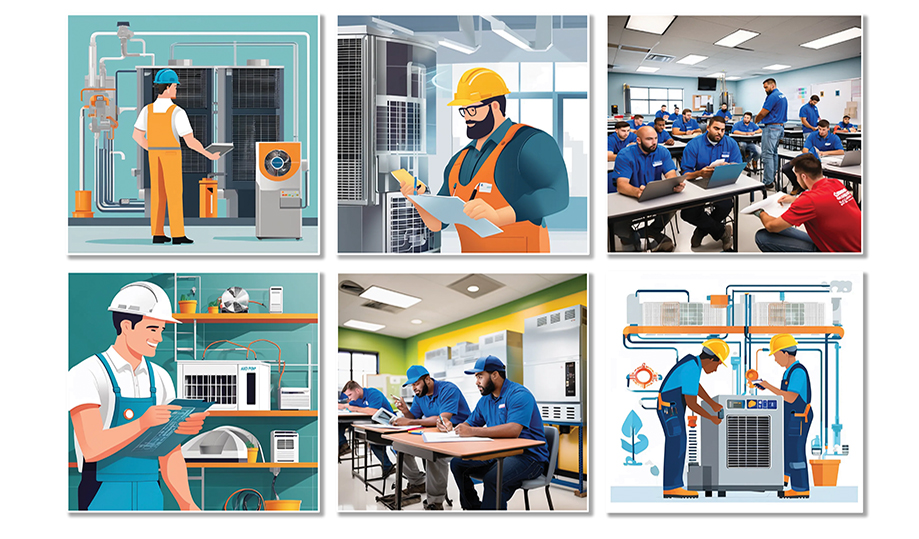Chuck Worley compares recruiting to being an HVAC evangelist. He talks about how the HVAC business positively changed his life, from making a decent living to saving people’s lives.
Once you have the recruiting part, the next step includes training and onboarding.
Training That Works
As an industry, once contractors recruit new technicians, training is often the next challenge. We’ve all seen companies throw new hires into the field with minimal guidance, which never ends well. At National Comfort Institute (NCI), we emphasize hands-on training in diagnostics, combustion analysis, and system performance testing to ensure technicians understand how to optimize HVAC systems.
Orr added the need for balance between training structure and flexibility.
“People don’t want to be part of a rigid system, but they also don’t want total chaos,” he says. “The key is a structured career path that allows for creativity so your people can feel inspired and challenged.
“If you ask experienced technicians in our trade what they like about their job, they often say they like doing different things daily. I’ve heard that thousands of times from people. I believe THAT is why your best senior technicians hate doing maintenance.”

Orr mentioned a trainer named Ty Branaman. He says this trainer is a former HVAC technician whose excitement is infectious. “His enthusiasm is magnetic, and he is someone who can fire up your team. This is the type of enthusiasm that becomes attractive to young people.”
Simpson shared how his company ensures success by focusing on career paths for new hires.
Career Paths
“With our system, people know what to do to move up. That transparency keeps them motivated and engaged.”
Hearn’s company – which runs eight field service and installation trucks and has 20 people on staff — says they also work to help their people overcome errors in the field.
He says, “We created a ‘failure ceiling’ in our shop. Every mistake, no matter how expensive, gets signed and put on display. It turns failures into learning experiences and removes the fear of making mistakes.”
Retaining Top Talent
One of the biggest struggles in our industry is keeping great people. If they feel undervalued, they’ll leave. Chuck Worley made an excellent point about setting standards: “I was raised by a Navy chief. My company’s standards are character, integrity, and doing the right thing. And I empower my people to hold each other accountable.”
Chad Simpson emphasized company culture. He talked about what he calls value-based culture versus rules-based. It involves communication, recognition, building teamwork, and focusing on successes while learning from failures.
“People want to be held accountable, but not from a rules perspective,” Simpson adds. “At our company, it’s more from a family perspective. Our family culture helps us retain co-workers and attract new ones.”
He also says that involvement in your local community is part of that family approach.
Click Below for the Next Page:













Recent Comments